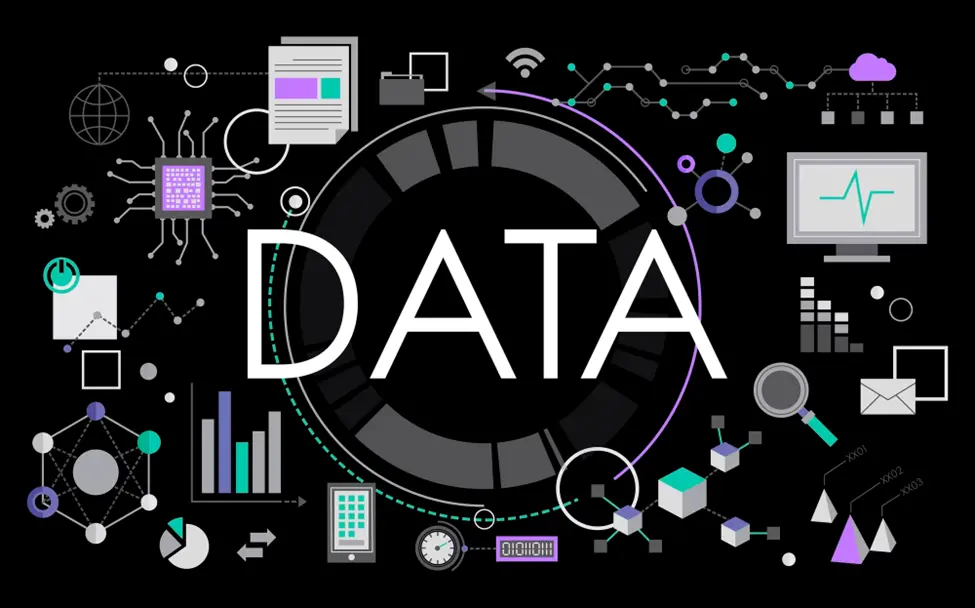No matter what industry you are in, you probably are surrounded by plenty of data. On the one hand, that’s a great piece of news. Now you can leverage it to your business’s advantage. But on the other hand, how to get precise, accurate, and relevant information? The thing is that the route information takes from its original source to your analytical systems can be tricky. Especially when you’ve got to scrape vast volumes of information in real-time.
So, before you proceed with data analysis and derive value from it, there’s an essential first step for you to take — data ingestion.
If you’re not familiar with this concept and would like to learn more about it, just read on.
What is data ingestion meaning?
Data can arrive in your system from a multitude of sources, in various formats, and at different speeds. This can range from structured data such as spreadsheets, to unstructured data like emails, and even semi-structured data, such as web logs. At this point, you should grapple with data ingestion.
But before you grasp the definition of this process, let’s first understand what does it mean to ingest something. The Cambridge Dictionary explains ‘ingest’ as the process of taking food or drinks into the stomach. What does ingestion mean in Merriam-Webster Dictionary? This word is defined as the act of taking something for digestion.
But how can we define ingestion in terms of data? Data ingestion, though it sounds technical, is about taking disparate data from various sources and moving it to a location where it can be accessed, used, and analyzed. In other words, data ingestion definition reads that it’s the process of collecting, importing, transferring, loading, and processing data for later use or storage in a database.
Data ingestion vs ETL: what’s the difference?
When it comes to data management, the process of ingestion and Extract, Transform, Load (ETL) often come hand in hand. Still, these concepts are not identical and you should know the difference between them.
Think of data ingestion as the initial step of ETL. During this stage, you gather and import data from different sources into one system. This way, you make it accessible and ready for further processes. The information may still be raw and unprocessed, but it’s now all in one place.
Then, ETL takes it a few steps further. The ‘Transform’ stage cleans, validates, and converts this raw data into a format suitable for analysis. Finally, ‘Load’ places this refined data into a target data warehouse. ETL thus brings structure, cleanliness, and order to the data, preparing it for insightful analysis.
So, while data ingestion is concerned with getting all relevant data into the system, ETL focuses on refining and structuring this data for specific analytical purposes.
Types of data ingestion
The true beauty of data ingestion lies in its flexibility. You can carry it out in real-time for applications that rely on up-to-the-minute information, such as stock trading platforms or social media feeds. Alternatively, you can ingest information in batches for scenarios that don’t demand instant updates — monthly sales reports or customer demographics. Hence, there are three main types of ingestion. Understanding data ingestion patterns each of them has will help you maximize their benefits in your project.
- Batch data ingestion. This traditional approach involves ingesting data at periodic intervals — hourly, daily, or weekly, depending on your requirements. It might not be the fastest, but it’s reliable and can handle large volumes of data with ease. This type is best suited for businesses that don’t require immediate data updates, like historical data analysis or generating daily sales reports.
- Real-time data ingestion. It’s all about speed and immediacy. Here, you gather and process data as it’s generated, without any delay. It’s the secret behind real-time analytics platforms, social media feeds, or high-frequency trading systems. If your business depends on the latest data for immediate decisions, real-time ingestion is your go-to choice.
- Micro batching data ingestion. Nestles between batch and real-time ingestion. With this approach, you get near-real-time updates without demanding the high computational power that real-time ingestion requires. It excels in scenarios where you need low-latency updates, but real-time processing isn’t entirely necessary or feasible. Data ingestion examples might include fraud detection in banking, where catching suspicious activities promptly can prevent potential losses, but immediate updates are not mandatory.
Advantages of data ingestion
If you handle big data, you won’t do it effectively without the ingestion process. It is highly beneficial to your project as it:
- Unifies data access by assembling data from disparate sources into a single, centralized system
- Empowers businesses to react swiftly to emerging trends or issues since information can be gathered and processed as it’s generated
- Scales with your needs, letting you handle increased volumes of data without compromising performance
- Improves data quality by making it easier to identify and rectify inconsistencies, duplicates, or errors
- Saves time and effort through automated data collection, allowing your team to focus on higher-value tasks like data analysis and strategy formulation
Ingestion of data challenges
Pulling rich, varied, and voluminous data from various sources into a single location is highly rewarding, but it doesn’t come without its challenges. First, you will have to deal with the vast array of data sources and formats. If you fail to create a flexible and robust system, this may result in performance issues as the information will lack uniformity for subsequent analysis. The amount of data may lead to another challenge — data quality. You may find it harder to ensure the accuracy and reliability of information with large volumes. But automated checks should help you maintain data integrity. Other issues associated with ingestion of data are security and compliance. As you transfer data from one source to a target system, this may expose your sensitive data to security threats. Additionally, you will need to comply with GDPR, HIPAA, SOC 2, or other regulations, which may add complexity and extra cost to your project.
Conclusion
Big data ingestion is one of the first bricks in building a strong, insightful data pipeline. It’s like setting a strong foundation before building a house. The sturdier the foundation, the more robust and resilient the structure will be.
At Nannostomus, we specialize in helping businesses use information in the most beneficial ways. We’ll ensure you’re on the right path to making informed, data-driven decisions by arranging data ingestion that goes without a hitch. Contact us to discover how we can help your business effectively transfer data from the source to your system.






